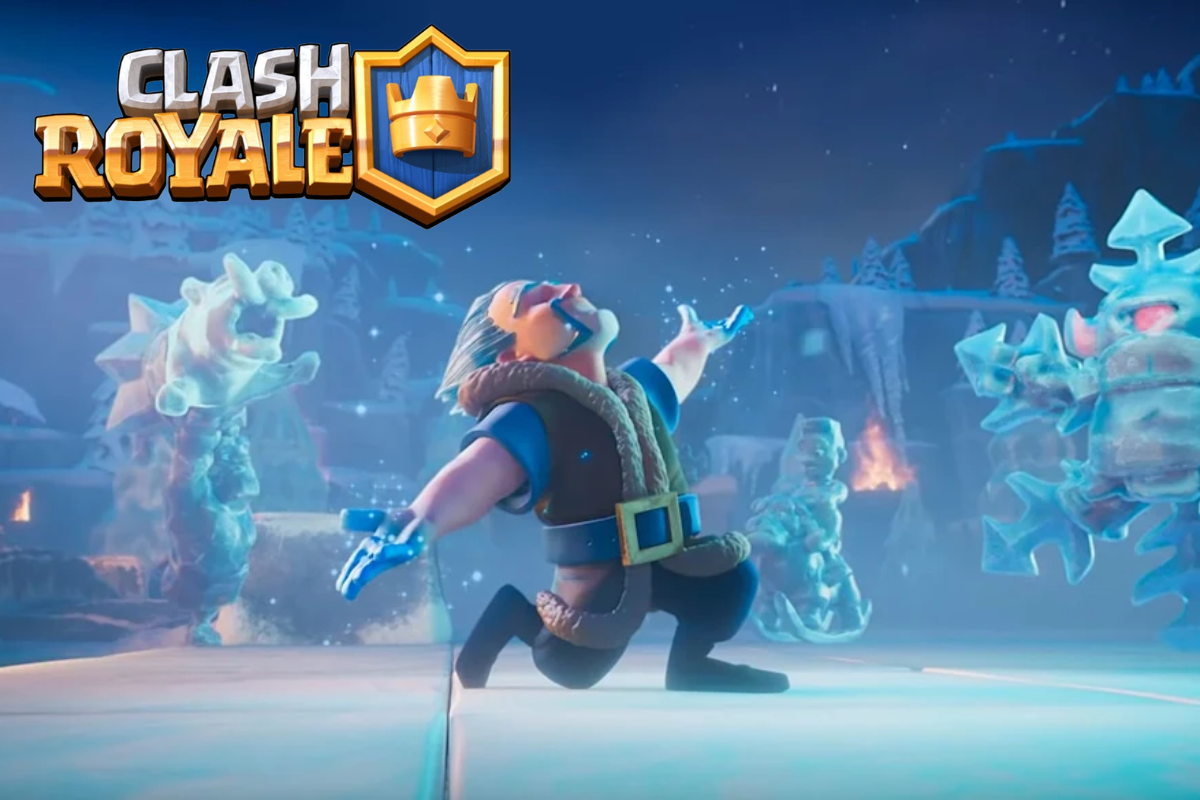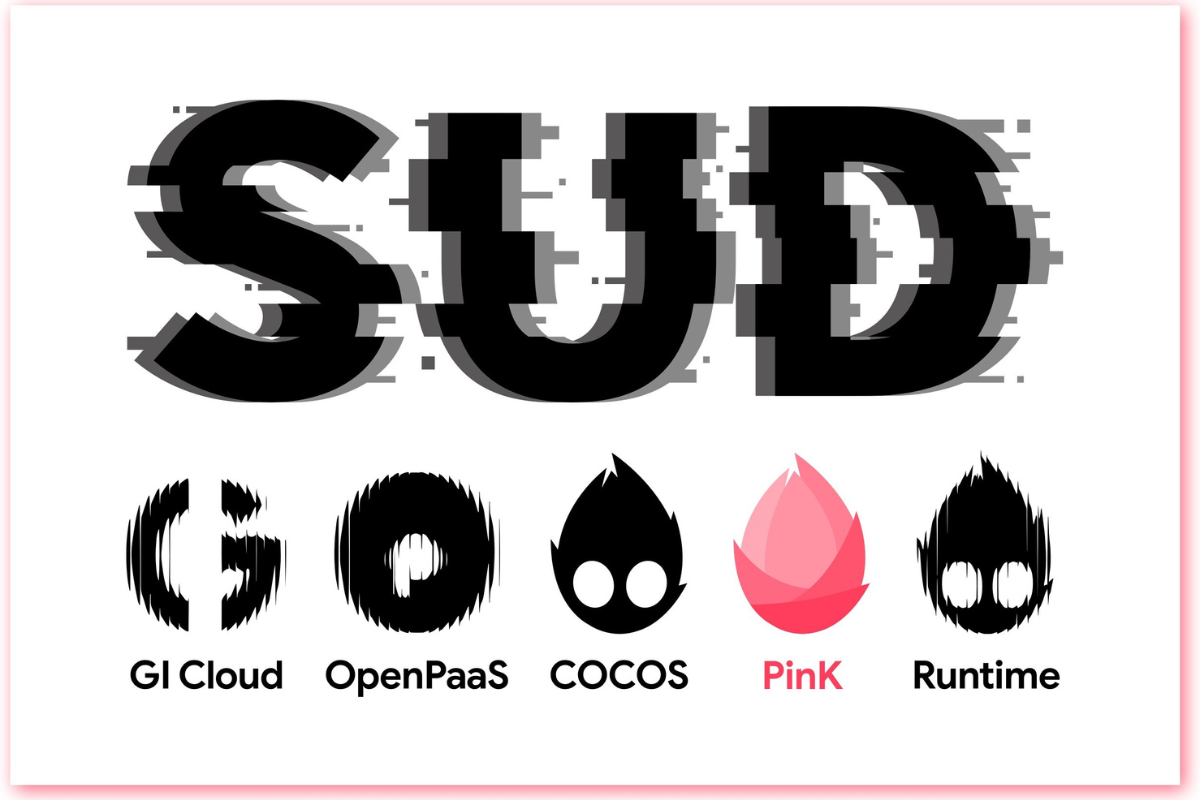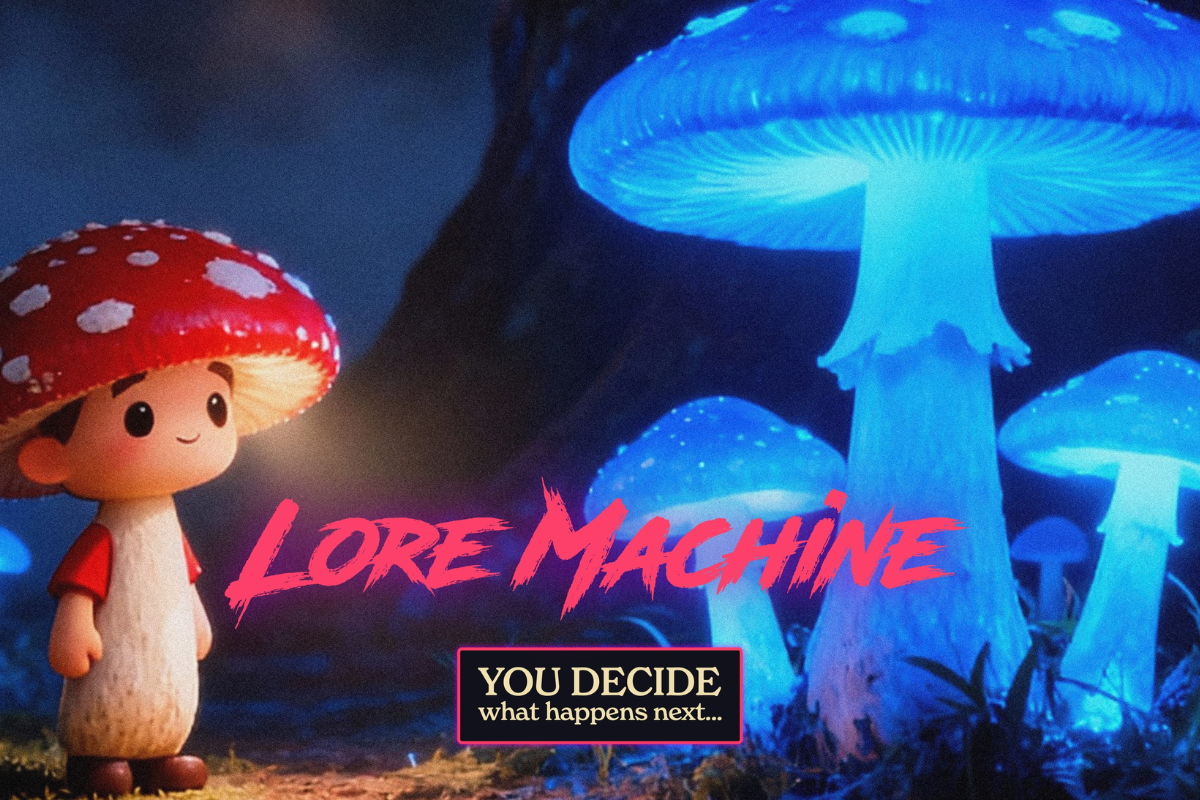Following her recent appointment as Head of the Gaming Division at Duamentes, we spoke with Maria Amirkhanyan about strategies for mobile games to attract high-retention players, as well as how developers can navigate genre saturation and improve discoverability in today’s highly competitive market.
Before joining Duamentes, Maria served as Head of Games User Research at MY.GAMES, where she led UX research initiatives and built high-performing teams focused on innovation, collaboration, and continuous learning.
Among her key accomplishments, she did:
- Established a diverse UX department, enhancing cross-functional collaboration among designers, producers, game designers, and analysts.
- Drove measurable improvements in player retention through research-informed design decisions.
- Standardized scalable UX research practices across the organization.
- Reduced usability issues during early playtesting phases, minimizing costly revisions later in development.
- Embedded UX research within multiple development pipelines, contributing to overall game quality.
- Enabled over 10 studios to independently run playtests using custom-built DIY research tools.
What are the most effective strategies mobile games can adopt to improve organic user acquisition in today’s competitive landscape? Is it even possible?
Organic acquisition is possible — but increasingly rare — without a clear hook and strategic cross-channel presence. Games that thrive organically often benefit from a distinct aesthetic, social virality (Among Us), or UGC ecosystem (Roblox).
What works today is optimizing App Store visibility (ASO), leveraging social-first content creation, and embedding refer-a-friend mechanics directly into onboarding. Strong community moments (especially via Discord or TikTok) can become flywheels when paired with intentional shareability in-game.
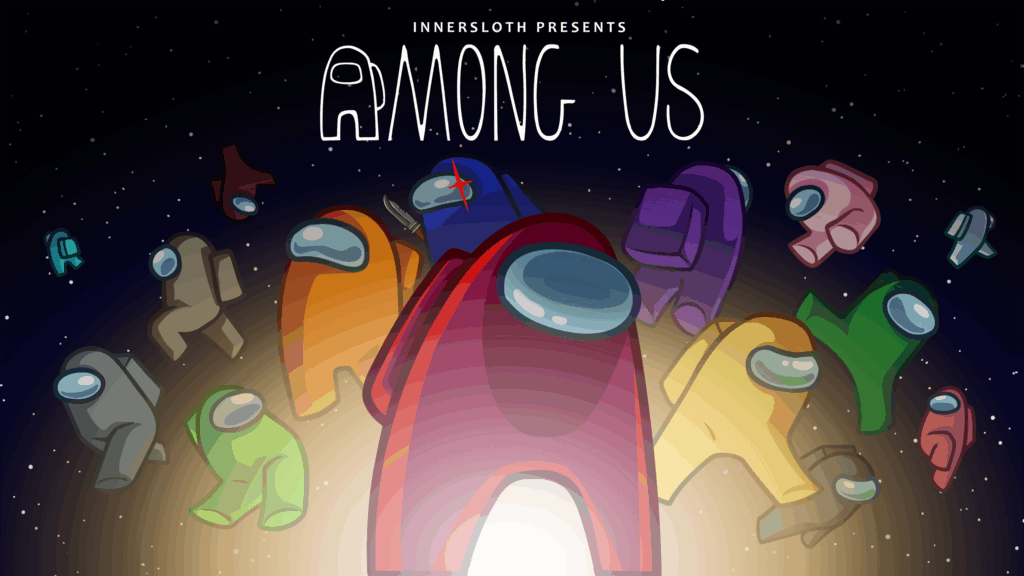
What approaches should game makers follow to increase player retention across their mobile games?
Retention today requires emotional clarity and reduced friction, especially in the first 5–10 minutes. Players drop out not because a game is “hard”, but because it feels emotionally or narratively incoherent.
Games that introduce clear motivations (e.g., Survivor.io’s evolving loop or Royal Match’s progression) tend to perform better. Onboarding must feel like a payoff, not a tutorial. Features that foster identity (avatars, meta-progression), connection (co-op or guilds), and rhythm (daily rituals without grind) anchor long-term play.
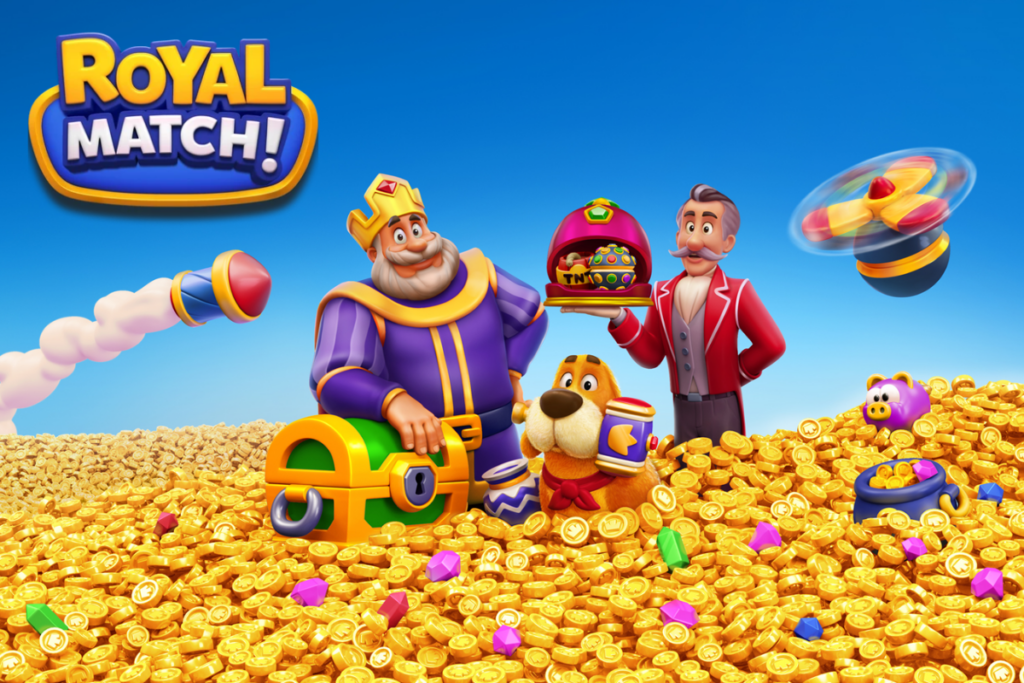
The Duamentes Report reveals that limited-time events have become more prominent than ever. What are the main factors driving their growing importance, and how can developers maximize their impact?
Limited-time events act as both retention engines and monetization pivots. With player attention fragmented, these events create urgency, introduce novelty, and give studios a way to test new mechanics safely.
The events have evolved from simple content bursts into a core strategic lever for engagement, retention, and monetization especially in mobile games. Their rising importance is driven by three key industry shifts:
- Shorter attention cycles: With players increasingly juggling multiple games, social platforms, and digital distractions, studios must create spikes in urgency and novelty to regain focus
- Retention over acquisition: As UA costs continue to climb, re-engaging existing players through well-timed events is often more effective than acquiring new ones
- Live service fatigue: While constant updates once served as a growth engine, now players seek meaningful moments — LTEs deliver focused, time-boxed experiences that don’t overwhelm
To maximize their impact, successful studios treat limited-time events not as isolated content pushes, but as emotional and narrative extensions of the game.
A strong example is Love and Deepspace, where LTEs are crafted around emotionally resonant story arcs, romantic milestones, and holiday moments. Rather than generic challenges, these events offer exclusive dialogue, cosmetics, and memories — adding personal stakes and urgency without relying on grind-based mechanics.
The result is a deeper player connection. The event isn’t just a feature; it’s an opportunity to feel something.
With increasing genre saturation in the mobile market, what are some ways studios can differentiate their titles and maintain player interest?
Differentiation now happens on the why, not just the what. A game can succeed in a saturated genre (e.g., Puzzle) if it layers emotional stakes (e.g., Merge Mansion), cultural tone (e.g., Playrix’s Scapes series), or strong community tools.
Studios that start from player motivation (comfort, mastery, escape) are more likely to shape a unique tone. Additionally, blending genres or embedding narrative in unexpected ways (as seen in AFK Arena) can help titles stand out in repeat-saturated spaces.

Where do you see the mobile games industry heading in the next few years, particularly in terms of product strategy and innovation?
Mobile is moving toward a “fewer, stronger” ecosystem. Consolidation among top-grossing titles will intensify, while innovation will shift toward games-as-lifestyle products that embed social, identity, and media crossover.
Expect more AAA-lite experiences (e.g., Warzone Mobile, Honor of Kings global), as well as monetization pivots toward subscriptions, season passes, and ad personalization. Studios that approach product strategy like a living service (data-informed, modular, and emotionally resonant) will outperform.

We also asked Maria about the PC industry and the expected “indie boom” in the future.
Why do many game companies struggle to align with player expectations, and what can be done to bridge the gap between developers and their audiences?
Misalignment stems from late-stage feedback loops and decision-making driven by internal assumptions rather than external validation. Studios often build around vision without embedding structured UX and behavioral insight early on.
Aligning with players means involving them in pre-production through prototyping, narrative tone testing, and cultural UX checks. Some titles (e.g. Hades II) exemplify this with early access strategies that shape development. The answer is not just “listen” — it is structuring listening into the product lifecycle.

With the ever-growing volume of indie titles on platforms like Steam, do you believe the market is heading toward another saturation-driven crash? How can indie games avoid the same mistakes the Triple-A industry did?
Saturation is real, but not fatal. The crash risk lies in overproduction without player clarity. Where AAA stumbles by bloating scope and chasing trends, indie studios succeed when they remain focused, emotionally honest, and culturally tuned (e.g., Balatro, Rogue Station).
Success lies in scope discipline, modular design, and strong tone positioning. Indies must avoid “genre filler” and instead invest in a clear promise and deliver it early.
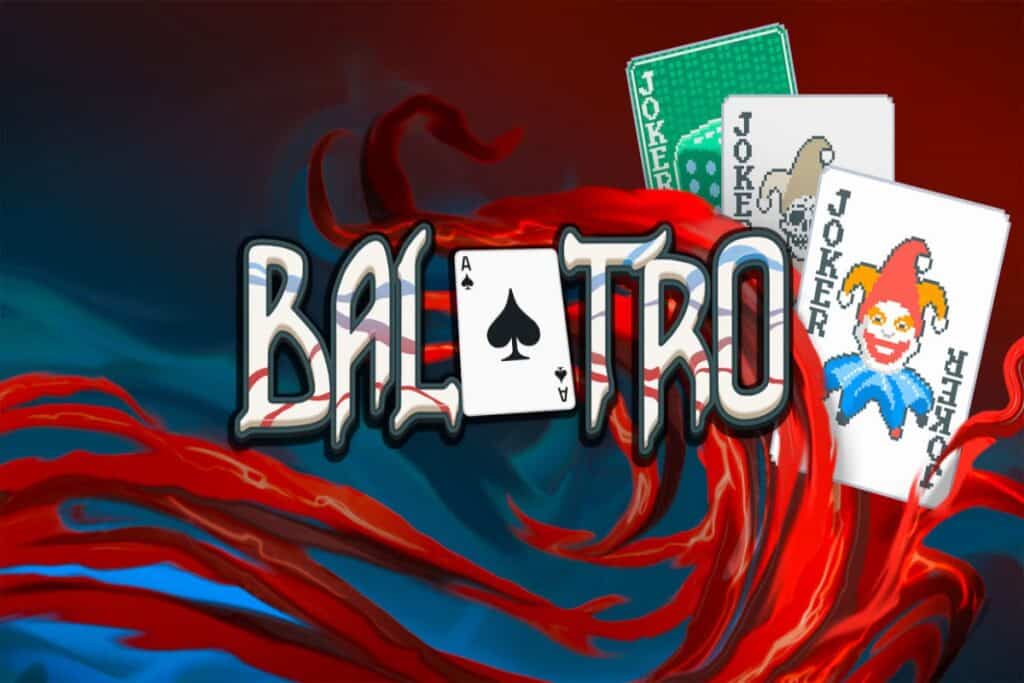
Discoverability remains a major challenge for indie developers. What are the most viable solutions or strategies to stand out in such a crowded space?
Discoverability in 2025 is no longer about shouting louder — it’s about finding the right audience faster and building emotional stickiness early.
There is no single solution but four levers matter:
- Hook: a distinctive visual, narrative, or mechanic
- Community: start building pre-launch; Discord > Steam forums
- Timing: avoid release windows near major events unless strategic
- Earned attention: demo festivals, awards, and creator outreach (e.g., Day of the Devs, Steam Next Fest
Studios that treat discovery as a product design layer win more attention. Titles like Lethal Company, My Friendly Neighborhood or Cult of the Lamb earned success through clear positioning and player-first preview cycles.
Head of Gaming Division at DUAMENTES

